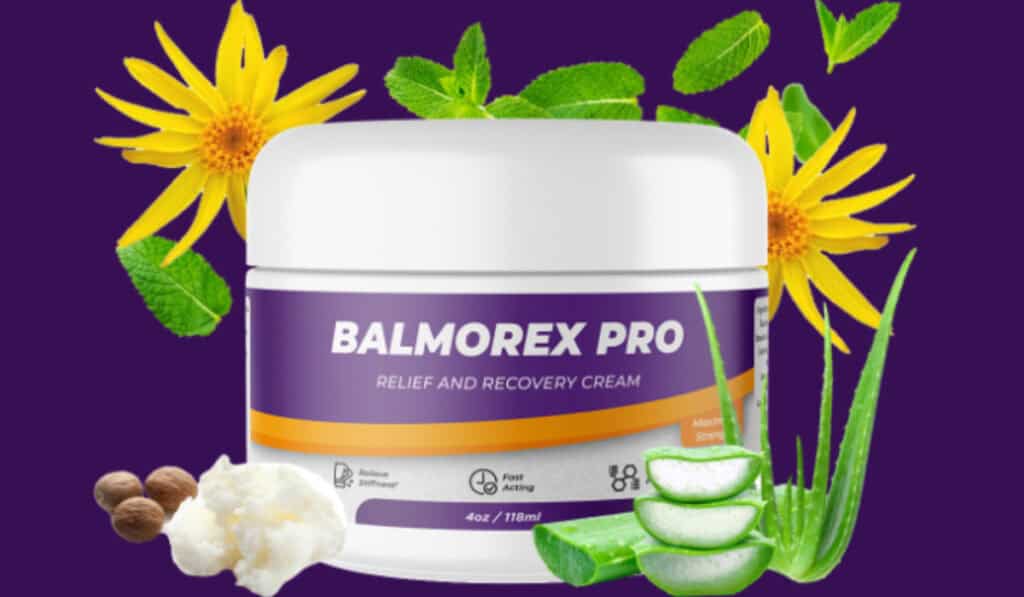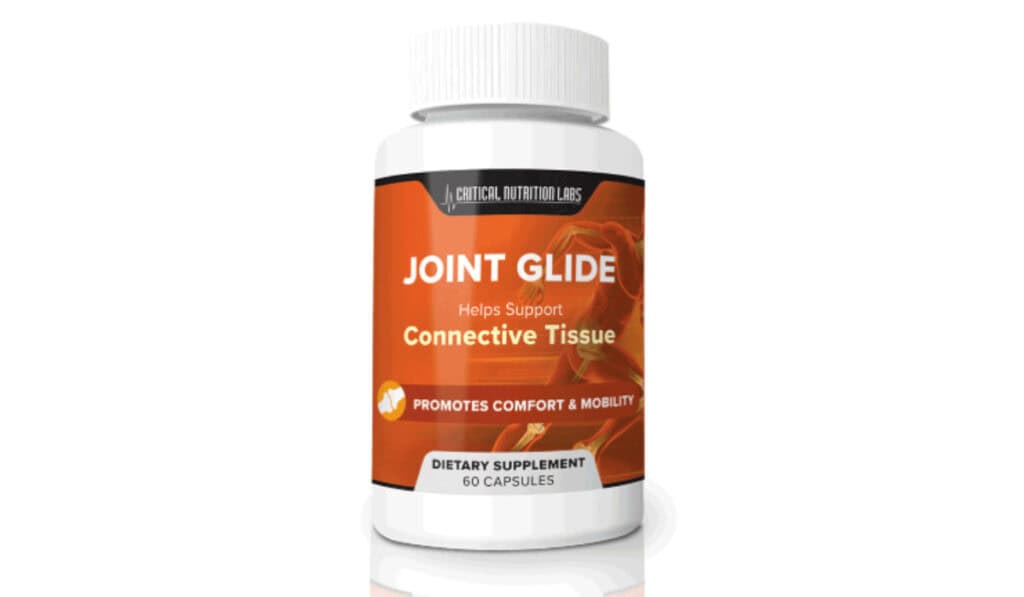Evaluating the Evidence for Joint Pain Relief and Beyond
As the quest for effective joint pain relief continues, glucosamine and chondroitin have emerged as popular supplements among those suffering from osteoarthritis. With an aging population and an increase in the incidence of joint-related conditions, the demand for these supplements has seen a significant rise. This review delves into the scientific evidence backing their efficacy, exploring how these compounds might offer more than just pain relief.
Despite their widespread use, the question remains: do glucosamine and chondroitin truly live up to their claims? Clinical trials have produced mixed results, leading to debates within the medical community. This overview aims to dissect the available data, offering insights into their potential benefits and limitations in managing joint health.
Introduction
If you’re navigating the complex world of osteoarthritis management, you’ve likely encountered glucosamine and chondroitin. These supplements, often hailed for their potential to restore quantities in articular cartilage, offer an alternative to traditional analgesics and non-steroidal anti-inflammatory drugs. This introduction sets the stage for a comprehensive review of their role in joint health.
The Rise of Glucosamine & Chondroitin in Osteoarthritis Management
The increasing prevalence of osteoarthritis has propelled glucosamine and chondroitin to the forefront of treatment options. Clinical trials have highlighted their ability to mitigate pain and stiffness in affected joints, offering hope to those seeking alternatives to conventional medications. Their ascent in the realm of osteoarthritis management underscores the growing interest in supplement-based therapies.
Purpose and Scope of This Review
This review aims to critically assess the evidence surrounding glucosamine and chondroitin. By examining their efficacy in joint pain relief and potential impacts on cartilage health, we seek to provide a balanced perspective on their role in osteoarthritis management. The scope extends beyond mere symptom control, exploring the broader implications of their use in clinical practice.
Understanding Osteoarthritis
Osteoarthritis is a degenerative joint disease characterized by the breakdown of cartilage, leading to pain, stiffness, and reduced mobility. As the most common form of arthritis, it has a profound impact on the quality of life of millions worldwide. Understanding its pathology is crucial for exploring effective treatment options, including the use of supplements like glucosamine and chondroitin.
The Impact of Osteoarthritis on Quality of Life
The pervasive nature of osteoarthritis extends beyond physical discomfort, affecting mental health, social engagement, and overall wellbeing. The chronic pain and limited mobility can lead to a decline in activity levels, increasing the risk of comorbid conditions such as obesity and cardiovascular disease. Addressing these challenges requires a multidimensional approach to management.
Knee Osteoarthritis: A Closer Look
Knee osteoarthritis stands out as one of the most debilitating forms of the condition, significantly impairing one’s ability to perform daily activities. The knee’s complex structure and its critical role in mobility make it particularly susceptible to osteoarthritic changes. Effective management strategies are essential for mitigating its impact on life quality.
The Role of Supplements in Joint Health
In the search for effective osteoarthritis treatments, supplements like glucosamine and chondroitin have gained attention for their potential to support joint health. By possibly aiding in the maintenance of cartilage and reducing inflammation, these supplements offer a complementary approach to traditional pharmacological interventions.
Overview of Glucosamine and Chondroitin
Glucosamine and chondroitin are naturally occurring substances in the body, with a key role in the formation and repair of cartilage. As dietary supplements, they are believed to contribute to the maintenance of joint health, potentially slowing the progression of osteoarthritis and alleviating symptoms such as pain and stiffness.
Potential Mechanisms: How They Might Work
The therapeutic effects of glucosamine and chondroitin are thought to stem from their ability to preserve cartilage and minimize inflammation. Glucosamine may promote the synthesis of glycosaminoglycans, key components of cartilage, while chondroitin is believed to inhibit enzymes that break down cartilage. Understanding these mechanisms is crucial for evaluating their effectiveness in osteoarthritis management.
Scrutinizing the Evidence
Assessing the efficacy of glucosamine and chondroitin requires a rigorous evaluation of the evidence, focusing on results from randomized controlled trials and systematic reviews.
Literature Search Strategy
To gather the most relevant and recent findings, a comprehensive literature search was conducted across multiple databases. The search focused on clinical trials and reviews published within the last decade, prioritizing studies that specifically examined the effects of glucosamine and chondroitin on osteoarthritis symptoms and joint health.
Study Selection Process
Studies were selected based on their relevance to the combination of glucosamine and chondroitin, their assessment of global pain and joint structure, and their comparison with placebo outcomes. The inclusion criteria were strict, ensuring that only high-quality trials that used validated pain scales and had clear outcome measures were considered for review.
Outcome Measures Considered
The primary outcome measures revolved around global pain reduction and improvements in joint function, as assessed by the Western Ontario and McMaster Universities Osteoarthritis Index (WOMAC). Additionally, studies were evaluated for their impact on joint structure, using imaging techniques and other diagnostic tools to measure changes in cartilage thickness and joint space narrowing.
Quality Assessment and Data Collection
To ensure the reliability of findings, a meticulous quality assessment and data collection process was employed. Studies were evaluated for their methodological rigor, with emphasis on randomization, blinding, and completeness of follow-up. Data on patient demographics, dosage, duration, and outcomes were systematically extracted. This structured approach facilitated an unbiased synthesis of evidence concerning glucosamine and chondroitin’s efficacy.
Findings from Randomized Controlled Trials
The synthesis of data from randomized controlled trials illuminated consistent patterns. These studies, specifically focusing on patients with knee or hip osteoarthritis, provided a rich dataset for evaluation. They revealed nuanced insights into the supplements’ impact on joint health, setting the stage for a deeper analysis of their effectiveness.
Effects on Joint Pain and Function
Analysis of trials featuring patients with knee or hip osteoarthritis highlighted glucosamine and chondroitin’s potential benefits. Participants reported modest improvements in joint pain and enhanced function, suggesting that these supplements could play a role in managing osteoarthritis symptoms. However, the variability in outcomes underscores the need for personalized treatment plans.
Influence on Joint Structure in Knee Osteoarthritis
Further investigations into knee osteoarthritis revealed intriguing evidence regarding the structural effects of glucosamine and chondroitin. Some studies indicated that these supplements might slow the progression of joint space narrowing, a marker of osteoarthritis severity. This promising finding suggests a potential for not just symptom relief but also for altering the disease’s trajectory.
Safety Profile and Risk Considerations
When considering glucosamine and chondroitin for joint pain relief, it’s crucial to weigh their safety profile. Generally, these supplements are well tolerated by most individuals, with gastrointestinal complaints being the most commonly reported side effects. However, since they are derived from shellfish, people with shellfish allergies should proceed with caution. While serious side effects are rare, it’s important to discuss with your healthcare provider before starting these supplements, especially if you are on blood-thinning medications, as there is a potential for interaction.
Comparative Analysis
In comparing glucosamine and chondroitin with placebo outcomes, studies have shown mixed results. Some trials suggest that these supplements may offer pain relief and improved function in patients with osteoarthritis, comparable to the effects of a placebo. The variance in outcomes across different studies highlights the need for further research to conclusively determine their efficacy. Despite this, many individuals report subjective improvement in symptoms, making them a consideration in joint health management strategies.
Glucosamine and Chondroitin vs. Placebo Outcomes
When evaluating glucosamine and chondroitin against placebo outcomes, it’s important to acknowledge the role of publication bias. Some studies report minimal differences, suggesting that the perceived benefits of these supplements might be due to placebo effects. However, a subset of research indicates that certain populations may experience significant relief from joint pain and improved mobility. These discrepancies underscore the necessity for personalized patient discussions when considering glucosamine and chondroitin as a treatment option.
Efficacy in Osteoarthritis Beyond the Knee
Exploring the efficacy of glucosamine and chondroitin in osteoarthritis beyond the knee reveals a complex picture. Research focusing on joint space width and disease progression in areas other than the knee, such as the hips and hands, has yielded inconclusive results. While some patients report symptom relief, the scientific evidence supporting these benefits across different joints remains inconsistent, highlighting the need for further targeted studies to fully understand their therapeutic potential in broader osteoarthritis management.
Comparing to Standard Osteoarthritis Treatments
In direct comparison with standard osteoarthritis treatments, glucosamine, and chondroitin, either alone or in combination with chondroitin, have shown variable efficacy. For some patients, they offer a comparable reduction in pain and improvement in function. However, conventional treatments like NSAIDs often provide more immediate symptom relief. The decision to use glucosamine and chondroitin should consider individual patient responses and the desire to minimize potential side effects associated with long-term use of traditional pharmaceuticals.
Beyond Joint Pain Relief
While glucosamine and chondroitin are primarily sought for joint pain relief, emerging research hints at their potential in broader health contexts. Studies are beginning to explore how these supplements might influence inflammation markers and overall joint health, suggesting a role beyond mere symptom management. This expanding research horizon promises new insights into the systemic benefits of glucosamine and chondroitin, potentially offering breakthroughs in the holistic management of osteoarthritis and beyond.
Insights into Rheumatoid Arthritis Management
The exploration of glucosamine and chondroitin in rheumatoid arthritis management presents a promising yet cautious frontier. While these supplements are well-established in osteoarthritis care, their impact on rheumatoid arthritis, an autoimmune condition, requires careful scientific scrutiny. Early findings suggest potential benefits in joint health and symptom relief, but the complexity of rheumatoid arthritis demands rigorous research to define their role clearly within this distinct clinical context.
Future Directions in Research and Development
The future of glucosamine and chondroitin research and development shines with potential, aiming to unlock deeper insights into their mechanism of action and broader applications. With an eye on personalized medicine, upcoming studies are poised to refine our understanding of who benefits most from these supplements. Innovations in formulation and delivery methods also promise to enhance their efficacy and patient experience, marking an exciting era of advancement in joint health solutions.
Critical Reflections
Upon reviewing the current body of evidence, it’s clear that while glucosamine and chondroitin hold promise, the field is fraught with challenges. The variability in study designs, quality, and outcomes necessitates a critical approach to interpreting the data. This reflection underscores the importance of continued high-quality research to build a more cohesive understanding of their efficacy and safety profile.
Strengths and Weaknesses of Current Evidence
The current evidence base for glucosamine and chondroitin presents a mixed picture. On one hand, numerous patients report significant improvement in joint pain and function, suggesting a beneficial role in osteoarthritis management. On the other hand, the presence of publication bias and the variability in trial outcomes highlight significant weaknesses. These inconsistencies point to the need for more standardized research methodologies to accurately assess their therapeutic value.
Relation to Other Studies and Reviews
Relating the findings from glucosamine and chondroitin trials to other studies and reviews reveals a spectrum of perspectives. While some meta-analyses affirm their modest impact on symptomatic knee osteoarthritis and disease progression, others caution against overestimating their benefits due to the influence of competing interests. This juxtaposition invites a balanced consideration of evidence, urging clinicians and patients to weigh the totality of available research when making treatment decisions.
Competing Interests and Study Implications
The landscape of trials of glucosamine and chondroitin is not immune to the influence of competing interests, which can skew interpretations and conclusions. Acknowledging these potential biases is crucial for a transparent evaluation of their efficacy and safety. As such, healthcare professionals and consumers alike are encouraged to critically assess the source and funding of research findings to make informed decisions about incorporating these supplements into osteoarthritis management plans.
Practical Advice for Patients and Practitioners
For those navigating the complex terrain of osteoarthritis management, understanding the nuanced role of glucosamine and chondroitin supplements is key. Leveraging tools like the Western Ontario and McMaster Universities Osteoarthritis Index can aid in monitoring symptoms and treatment effectiveness, providing a data-driven approach to supplement use. Collaborative decision-making, informed by the latest evidence and individual patient contexts, remains the cornerstone of effective osteoarthritis care.
Navigating Choices in Osteoarthritis Management
Making informed choices in osteoarthritis management demands a comprehensive understanding of all available options, including glucosamine and chondroitin supplements. Patients and practitioners must weigh the potential benefits against the risk of side effects and interactions with other medications. Engaging in open, informed discussions about treatment goals and preferences can help tailor a management plan that aligns with the patient’s lifestyle and health objectives.
Recommended Dosages and Administration
When considering glucosamine and chondroitin for osteoarthritis, adhering to recommended dosages is crucial for optimizing outcomes while minimizing risks. Typically, the suggested daily dosage of glucosamine is 1500 mg, and for chondroitin, 800-1200 mg, often administered in divided doses. However, dosages can vary based on individual factors and product formulations. Consulting with a healthcare provider before starting these supplements ensures appropriate dosing and monitoring for efficacy and safety.
Additional Resources
Finding reliable sources of information on joint health supplements can be challenging. However, several platforms offer high-quality, research-backed data to help you make informed decisions. Whether you’re a patient seeking relief or a practitioner looking for the latest evidence, knowing where to look is crucial.
Accessing Quality Information
Google Scholar stands out as a valuable resource for accessing academic papers, theses, books, and conference papers. This search engine is particularly useful for finding peer-reviewed articles on glucosamine and chondroitin, offering insights into their efficacy and safety profiles.
NCCIH Clearinghouse
The National Center for Complementary and Integrative Health (NCCIH) Clearinghouse provides a wealth of information on complementary health approaches, including glucosamine and chondroitin. It’s an excellent place to find evidence-based resources, clinical practice guidelines, and patient education materials.
PubMed® Reference Searches
PubMed®, a free search engine accessing the MEDLINE database, is indispensable for healthcare professionals and researchers. It offers extensive literature on glucosamine and chondroitin, including randomized controlled trials, systematic reviews, and meta-analyses, helping users stay at the forefront of joint health research.
Conclusion
In conclusion, glucosamine and chondroitin have garnered attention for their potential in managing osteoarthritis and relieving joint pain. The evidence suggests that, particularly for knee osteoarthritis, these supplements can be more effective than placebo and may improve the quality of life for many. However, individual results can vary, and these findings should be considered as part of a comprehensive treatment plan.
Summarizing the Role of Glucosamine and Chondroitin
Glucosamine and chondroitin play a significant role in the management of knee osteoarthritis, offering a non-pharmacological option for those seeking relief. Studies, including double-blind randomised placebo-controlled clinical trials, have shown that these supplements can improve symptoms and potentially slow the progression of knee osteoarthritis, making them a valuable component of osteoarthritis management strategies.
Future Perspectives on Joint Pain Relief and Osteoarthritis Treatment
The future of joint pain relief and osteoarthritis treatment looks promising, with ongoing research into more effective combination therapies and the potential for new discoveries in supplement formulations. As our understanding of glucosamine and chondroitin’s mechanisms deepens, their place in the treatment of knee and hip osteoarthritis will continue to evolve, offering hope for improved outcomes and increased quality of life for patients.






